Affiliate links on Android Authority may earn us a commission. Learn more.
Crazy idea: Why don't we scrap selfie cameras completely?
Published onMarch 15, 2020
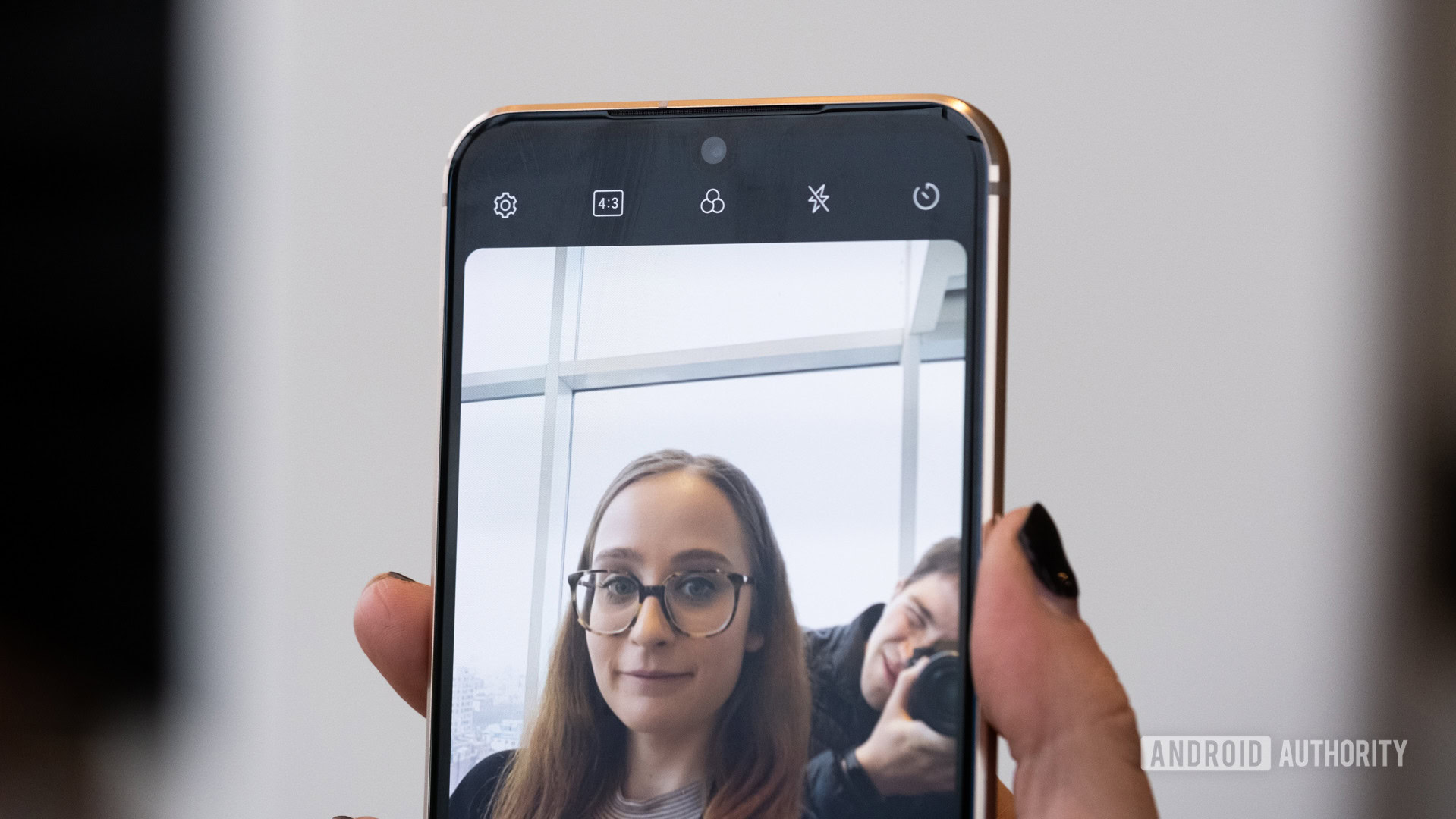
Woah, hold on. Before you head to the comments below and call me a moron, hear me out.
I know this is a ridiculous suggestion. Selfie cameras have been a staple of smartphone design for the best part of a decade for a reason. Taking it away would be like removing the battery, or the display, or the headphone ja… okay, bad example.
My point is, I know merely hinting at the idea of ditching selfie cameras will be contentious. Millions adore taking snaps of themselves to share on social media or capture good times with their friends, family, and/or pets. This isn’t just a case of losing smartphone functionality, it’s all tied up with countless emotions too.
But what if there was a way to remove selfie cameras, make our phones look and function better overall, and improve the quality of our selfies in a single stroke? I think it’s possible. Here’s how.
Foldable photography shows the way
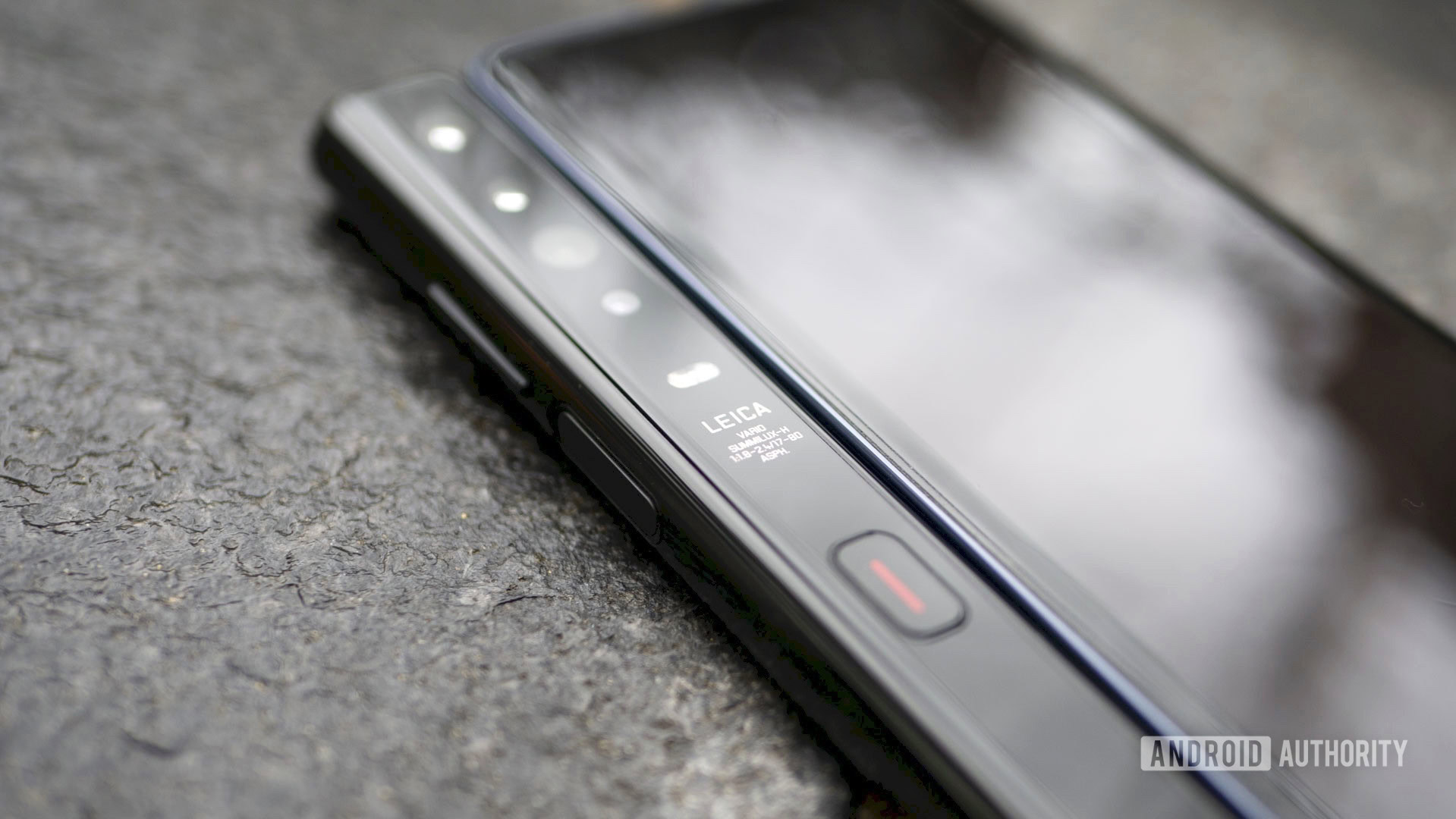
For a bit of background, my brain recently stumbled on this wild train of thought quite recently after spending time with the HUAWEI Mate XS.
There are plenty of things about HUAWEI’s second foldable phone that set off blaring alarm bells, most notably that plastic screen, the lack of Google apps, and the frankly exorbitant €2,499 (~$2,704) asking price. Putting all that aside, however, I really like the way HUAWEI has addressed potential design hurdles with the phone’s camera set-up.
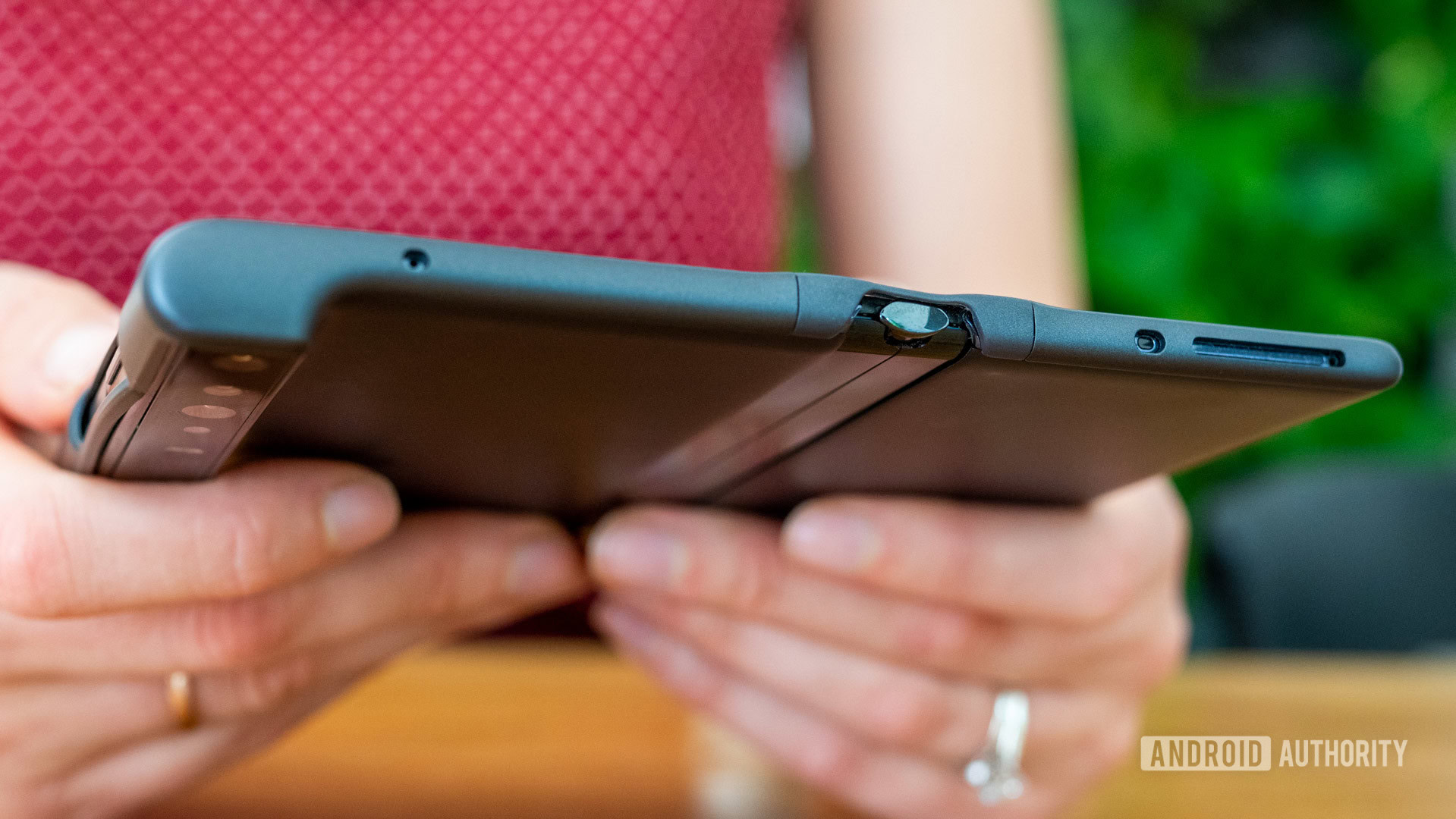
You can read about it a little more in my hands-on, but to summarize, the way the phone folds outwards to shift from phone to tablet means there’s no need for a front-facing camera. Instead, the Mate XS lets you use the rear Leica-branded camera suite, which just so happens to be one of the best in the business. The RYYB main shooter? The telephoto lens? The ultra-wide camera? You can use all of those to take selfies while using part of the folded display as a viewfinder.
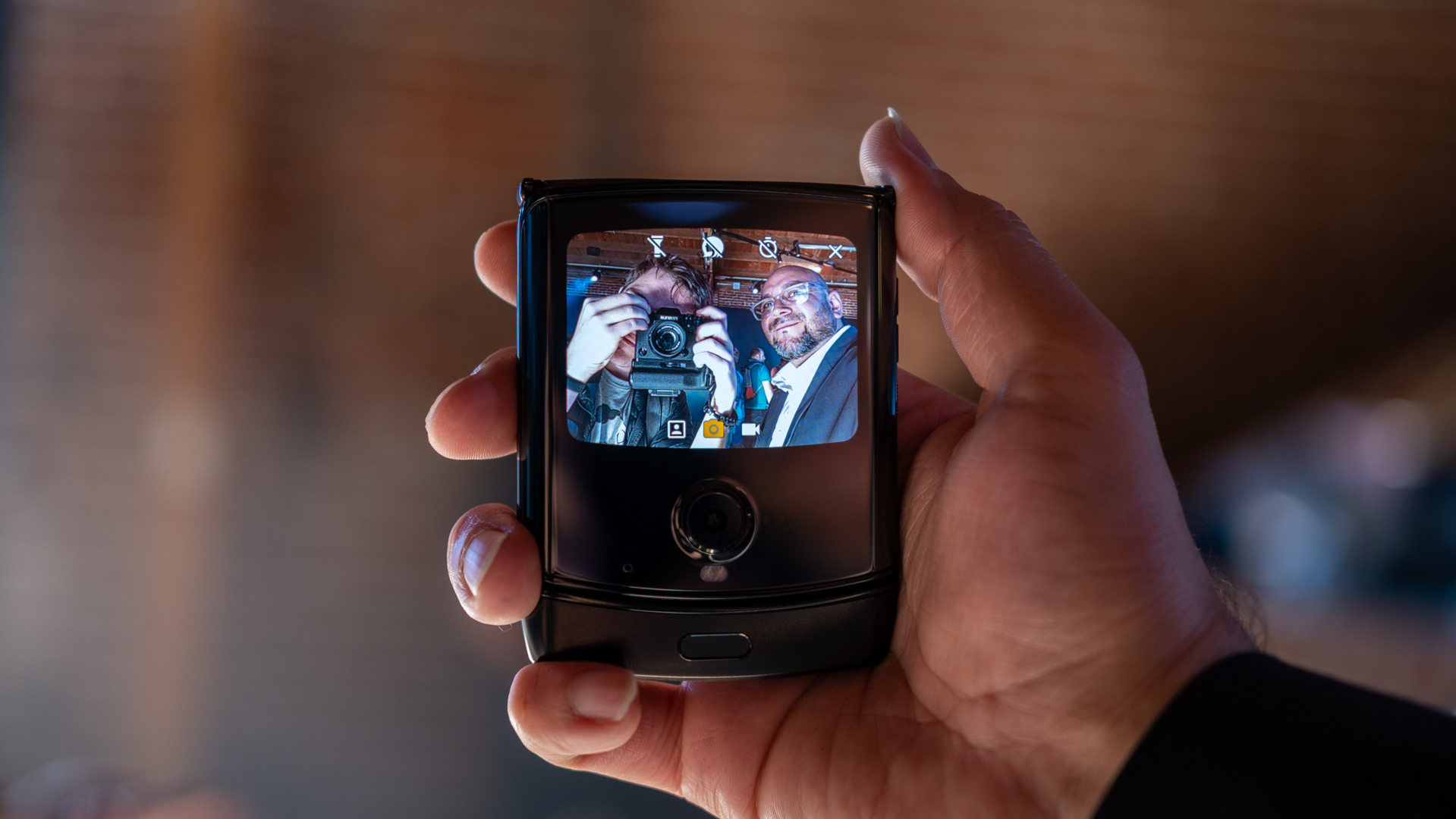
It’s not just HUAWEI’s foldable that has adopted this approach to selfies either. The Motorola Razr also utilizes the rear camera and a smaller secondary display on the top of the flip phone’s face. The camera is by all accounts a bit, well, terrible, but that doesn’t mean it wasn’t clever in theory.
Meanwhile, the rival Galaxy Z Flip has a proper punch-hole selfie camera, but Samsung also lets you take snaps in clamshell mode with the main sensor. You have to use the adorably tiny second display to see what you’re taking (check out the timestamped video below to see how this works), but the trade-off of the whole thing being awkward is improved photo quality.
You can probably see where I’m going with all this: why can’t we bring this foldable-exclusive design to a regular phone?
Selfie cameras have improved exponentially in recent years, but the vast majority of OEMs are focused on advancing their rear-facing sensors. And I do mean sensors plural because no phone has a selfie camera set-up that can rival the versatility of a triple- or quad-lens set-up. Remember the Pixel 3’s beloved wide-angle selfie camera? With a camera system like the Mate XS’ twinned with a smaller, secondary rear display you could have all that wide-angle goodness back, but at a higher resolution and a much wider aperture and field-of-view.
It’s not like there’s a shortage of space on the rear of our phones either. In-display fingerprint sensors and face unlock biometrics have left a whole chunk of rear real estate to work with, so why not fill it with a mini-display?
The best compromise?
I wouldn’t be questioning the selfie camera’s right to exist in isolation, of course. If it didn’t interfere with anything else, this would all be pointless — but it does.
You only have to look at any modern smartphone to see OEMs’ quest to eliminate bezels from the stock smartphone design blueprint has been successful. I’d hope we can all agree this has been a net positive. Bezel-less phones are more aesthetically pleasing and it’s why we can now have phones with massive displays like the super-duper-expensive Galaxy S20 Ultra that still have relatively slimline form factors.
More: Refresh rate explained: What does 60Hz, 90Hz, or 120Hz mean?
The problem with this anti-bezel crusade has always been the selfie shooter. I’m not going to recap all the controversy here, but to date, all of the various methods of maintaining the selfie camera while also stripping away bezel space have come with notable drawbacks. The dreaded notch and (to a lesser extent) punch-hole cameras both interrupt those gorgeous, vibrant display panels all of our smartphones have. Meanwhile, the pop-up, or any other variation on the mechanized-selfie-camera design, comes with question marks over long-term reliability.
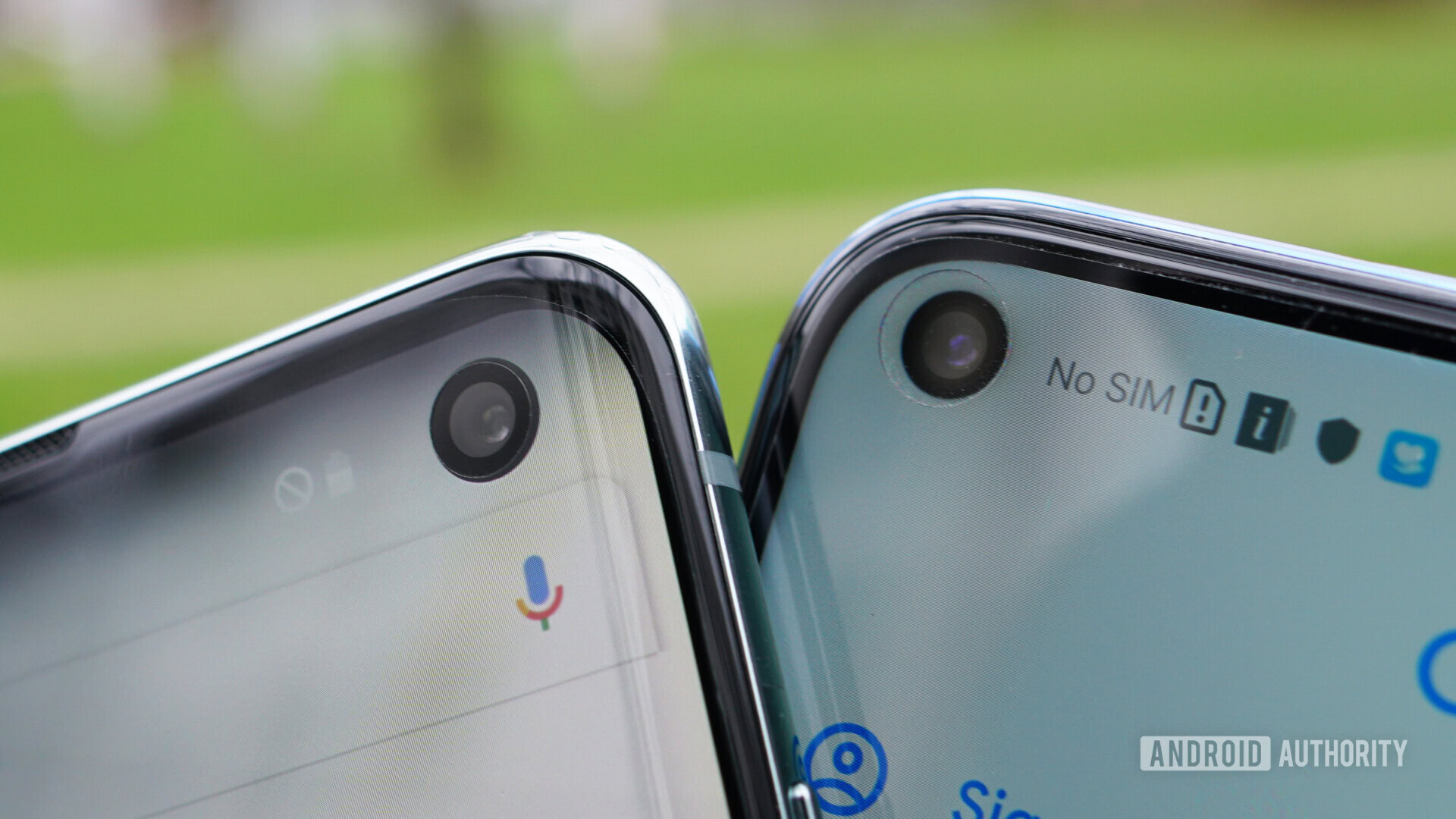
The next-gen solution we’re expecting to see hit phones in the near future is the under-display camera, and there’s no denying it’s the best so far. The tech has been mooted for a while now, but OPPO was the first to show it off in a public fashion in 2019. We’re yet to see a mainstream phone with an under-display camera, but there are plenty of rumors flying around that Samsung, Nokia, Xiaomi, and others will kick-start the under-display party this year.
So, problem solved, right? My bonkers idea about second displays and dead selfie cameras is pointless. Well, yes, but that still leaves our selfie shooters lagging well behind rear-facing camera hardware. Now I’ve had a chance to play with a phone that relies on a singular, all-purpose camera module for all photography needs, it’s hard to not see it as the best compromise between quality and functionality.
Maybe ditching selfie cameras isn't such a crazy idea after all?
With that said, there are some fairly obvious concerns with this approach. When chatting about the idea with a colleague they noted that adding a second screen as a viewfinder would be a prime case of overengineering, and that’s true. Slapping another screen on the back of a phone could look very silly if implemented poorly.
It could also lead to price hikes and in a world where the cheapest version of Android’s standard-bearer is a dollar shy of $1,000 that would be hard to stomach for what many may consider a side-grade rather than an upgrade. Throw in more durability worries from any accidental drops or scratches and the reasons against start to stack up.
But if, like me, you salivate a little at the thought of phones with large, uninterrupted, bezel-less displays and with a selfie set-up that offers the versatility and quality of core camera hardware, then maybe all of this isn’t so crazy after all?
What do you think? Have I lost the plot? Hit up the poll below and tell me in the comments.